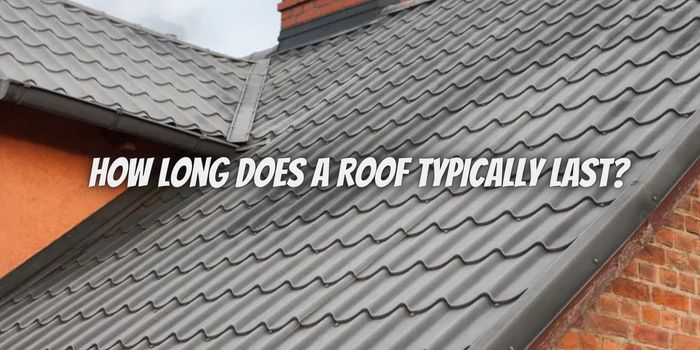How Long Does a Roof Typically Last? Exploring Average Lifespans

It’s a question that most homeowners have asked themselves at one time or another – how long does a roof typically last? After all, your roof is the first line of defense for your entire home, so it’s important to know when to call for expert roof replacement by Kihle Roofing. From the type of materials and climate conditions to installation details and maintenance schedules, there are many factors that impact a roof’s overall lifespan. In this article, we’ll explore the average lifespan of different types of roofs. Let’s take a look.
Asphalt Shingles
Asphalt Shingles are a popular roofing material choice for homeowners due to their durability, affordability, and plethora of color options. But just how long can they last? Well, it all depends on various factors such as climate, maintenance, installation, and quality of the shingles themselves.
On average, Asphalt Shingles can last anywhere from 15 to 30 years. However, some can even last up to 50 years with proper care and maintenance. In general, the thicker and heavier the shingles, the longer they will last since they offer better protection against harsh weather conditions like heavy rain, wind, hail, and snow.
It’s important to take into consideration the temperature range of where you live, as this can greatly impact the longevity of your shingles. In regions with extreme temperature fluctuations and frequent exposure to high UV rays, the shingles may crack or become brittle more quickly than in more moderate climates.
Metal Roofs
Metal roofs are a durable and long-lasting roofing option that is highly sought after for its longevity and durability. Metal roofing can last up to 50 years or more, which is significantly longer than other traditional roofing materials, such as asphalt shingles or wooden shakes. The lifespan of metal roofing can vary depending on the type of metal used, the installation process, the climate and weather conditions, and the maintenance of the roof.
Steel and aluminum metal roofing systems are the most commonly used type of metal roofing. Both steel and aluminum offer great resistance against harsh weather, corrosion, and fire. When installed correctly and regularly maintained, metal roofs can last up to 50 years or more without any significant damage.
Wood Shakes and Shingles
Wood shakes and shingles, the roofing materials that have been used for centuries, can last for a considerable period of time, depending on various factors. These include the quality of the wood, the installation process, and the geographic location. Generally, the lifespan of wood shakes and shingles is between 20 to 40 years, but this can vary.
If the wood is of good quality and has been correctly installed with high-quality fasteners, it is likely to last much longer than that. Cedar is the most common type of wood used for these roofing materials, and it is known to be highly resistant to insects, decay, and moisture, which are some of the primary factors that can cause premature aging and damage.
Moreover, the installation process plays an important role in determining the lifespan of wood shakes and shingles. If the roofers have done a good job laying out the shingles, nailing them appropriately, and applying the necessary coatings and treatments, then the roofing system is set to remain intact for a long time.
Wood shakes and shingles can also last longer in some geographic locations than others. Climate factors such as humidity, rainfall, and temperature extremes can have a significant impact on the longevity of the roofing system. For example, in a dry and sunny climate, the roofing materials can last longer than in a wet and humid region.
Clay and Concrete Tiles
These two types of tiles are renowned for their exceptional resilience and longevity and have been used as roofing materials for centuries.
Clay tiles, for instance, have been in use since ancient times and can last for at least a century. They are made from natural clay materials that are baked at high temperatures to create strong and durable tiles that can withstand weather and other natural elements. In fact, clay tiles are some of the few roofing materials that can survive even the harshest weather patterns such as heavy rain, hail, or extreme heat.
Concrete tiles, on the other hand, are known for their exceptional strength, making them one of the most durable roofing materials available today. These are made from cement, sand, and water and are baked at high temperatures to create a tough and long-lasting roofing surface. Concrete tiles are resistant to fire, insects, and rot, which means they can last for at least 50 years without showing any signs of wear and tear.
Now that you know what to expect when it comes to your roof’s lifespan, you can determine the right time for a roof replacement and plan your finances too.





